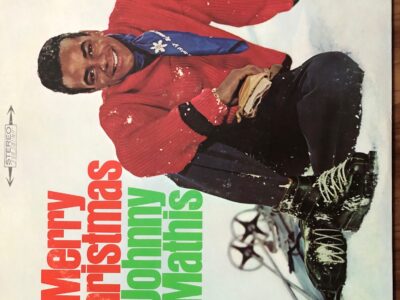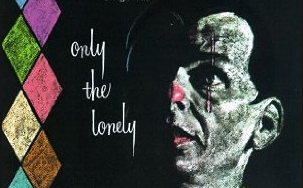Category: Album Reviews

Johnny Mathis: The Calm At the Center of the Storm
In a year that’s been absolutely bonkers, there’s something extra special about turning to the comfort of your holiday record collection this time around. It’s like a little slice of normalcy in the midst of all the crazy. While Read More …
Ella Fitzgerald’s Christmas
Anyone wondering what Ella Fitzgerald’s Christmas has to offer can simply stop and examine the album cover: Quiet, reverent, divine. Recorded July 17 and 18, 1967 and released later that year, this is the second and final Christmas album Ella Read More …
REVIEW: Herb Alpert & Lani Hall at The Stoughton Opera House
Herb Alpert has been known for “Going Places!” since the early ‘60s, when his Tijuana Brass made a worldwide splash. On Friday, October 14, he rolled into the Stoughton Opera House for an intimate show featuring music spanning more than Read More …
5 Sinatra Songs You Gotta Hear!
In honor of Frank Sinatra’s centennial birthday, we asked friend of the show Paul Snyder to consider the entire Sinatra library and choose just five top hits he think we oughta hear. Here’s what he chose: #5. “Day By Day” Read More …

5 Sinatra Songs You Gotta Hear: “One For My Baby”
1. “One For My Baby” (click title to listen) From Sinatra Sings For Only the Lonely (Capitol, 1959) I can’t remember if I bought the Only the Lonely album in my junior or senior year of high school, but I’m Read More …

5 Sinatra Songs You Gotta Hear: “Where Or When”
2. “Where or When” (click title to listen) From Sinatra at the Sands (Reprise, 1966) As a general principle, I detest live albums. I see the reason for them, and sometimes they become a necessary evil because it’s the only Read More …

5 Sinatra Songs You Gotta Hear: “You’d Be So Easy To Love”
3. “You’d Be So Easy To Love” (click title to listen) From Ring-a-Ding-Ding! (Reprise, 1961) As many torch songs and albums as Frank commandeered throughout the 1950s, it’s kind of interesting that one of the most heartbreaking tracks he ever Read More …

5 Sinatra Songs You Gotta Hear: “You’re Getting To Be A Habit With Me”
4. “You’re Getting To Be a Habit With Me” (click title to listen) From Songs For Swingin’ Lovers! (Capitol, 1956) If hipsters were more into Sinatra (and soon they will be, I promise you), Songs For Swingin’ Lovers! would be Read More …

5 Sinatra Songs You Gotta Hear: “Day By Day”
5. “Day By Day” (click title to listen) From Come Swing With Me! (Capitol, 1961) Come Swing With Me! is one of Sinatra’s last proper albums for Capitol (not counting, of course, the cobbled-together leftover albums that the label dummied Read More …

Billie Holiday
4.7.15 The legendary vocalist Billie Holiday was born 100 years ago today. Though a household name nowadays, she struggled to achieve the same notoriety as singers like Louis Armstrong and Ella Fitzgerald. Strongly influenced by Armstrong and Bessie Smith, her Read More …